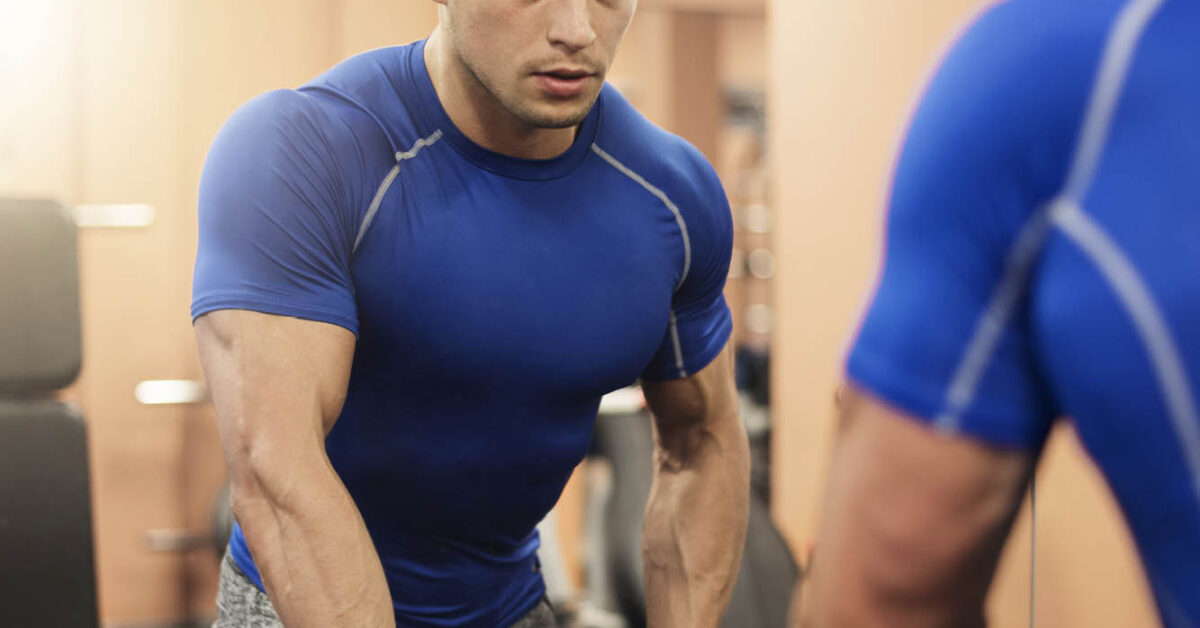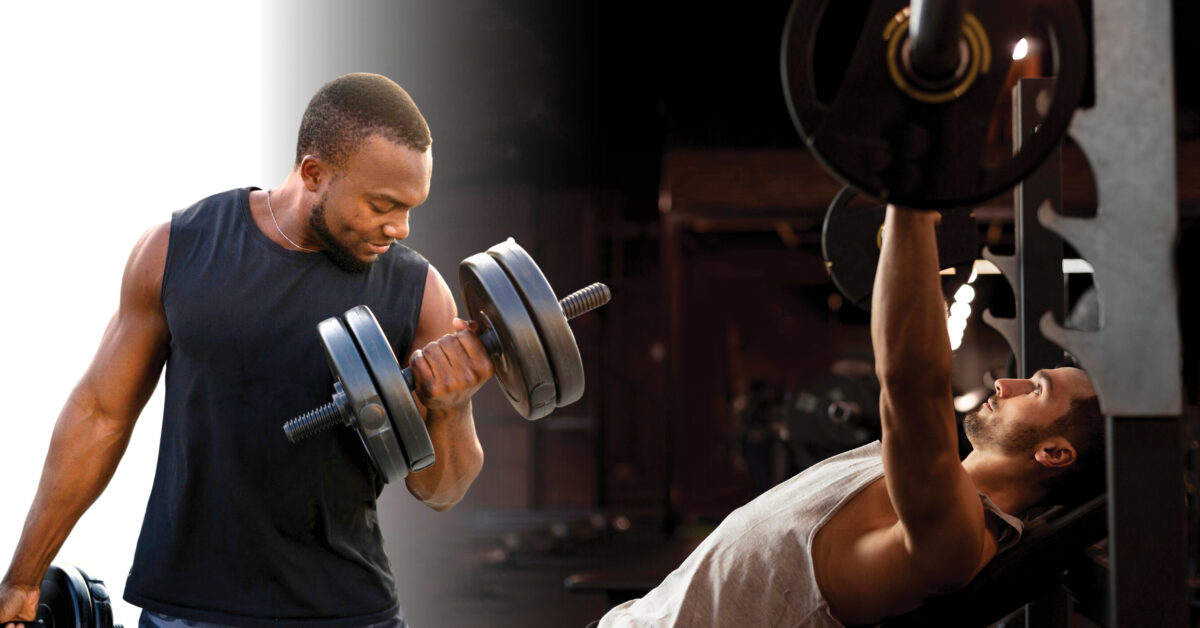
Say It With Your Smile
October 2021
Breast Cancer Awareness Month
October 2021by Ashley Fontenot Hornsby
Most people will experience back pain at some point in their life. Regular strength training can prevent back pain, but all too often injuries occur while actually lifting weights.
Injuries typically happen when the load placed on a muscle is greater than its capacity. In other words, the stronger the muscle, the less likely an injury will happen.
Follow these guidelines to help reduce the risk of injury while pumping the iron:
Start Light
When starting a workout routine, it is easy to jump in right where you left off or choose a starting weight because you see someone else using that amount. Remember, it is okay to begin by first mastering a movement, then as you gain strength, add more weight. It is difficult to learn and keep good form if you start with heavy weights. As you grow in confidence and in strength, you’ll be able to add more resistance.
Keep It Simple
When you begin an exercise program, you may turn to social media for ideas of what exercises to do. Many of the workouts you find online are made to look fancy or difficult, simply as a way to get more views and likes on posts. A program does not need to be complex to be effective. Keeping things simple and starting with just a few basic moves can go a long way in helping you reach your fitness goals.
The easiest place to start when beginning a workout routine is to use weight machines. They control your range of movement and provide more stability.
Keep Going
When it comes to avoiding injury with workouts, consistency is key. The stronger you are, the less likely you will develop an injury from lifting. However, strength takes time to develop. Having a consistent workout routine, where you perform strength training at least two to three days a week, is a great starting goal.
Master the Hip Hinge
You may have never heard of a hip hinge, but many of the basic movements in weightlifting and in everyday life require this motion in order to avoid injury. Hinging at the hips or waist allows weight to be transferred through the hips and legs rather than the back doing the bulk of the work. This allows the largest muscles in our body, our gluteus maximus, to lift the majority of the load. The key to do this move correctly is to shift the hips back towards our heels while bending forward.
Learn this move by practicing it first without weight using a broomstick.
Place the broomstick in contact with the back of the head, the mid back, and the pelvis.
Attempt to bend forward at your waist while maintaining these three contact points.
Straighten back up while squeezing your glutes.
Should you wear a lifting belt?
If you work out in the gym setting you may see others there wearing a lifting belt and wonder if that something that you should use. A belt can be helpful for those using heavy loads but the belt itself does not provide any extra support to your back or make you stronger. It is simply a device that cues you to tighten your core and squeeze your muscles harder when you lift.
We know that we need to exercise and maintain strength in order to improve our health. Incorporating some of these simple steps can help you continue on your journey towards better health.
Ashley Fontenot Hornsby is a physical therapist and co-owner at Thrive Physical Therapy. She is a graduate of McNeese State University and Texas Woman’s University. She specializes in the treatment of headaches, neck pain, and TMJ disorder, as well as orthopedics and sports rehabilitation.






